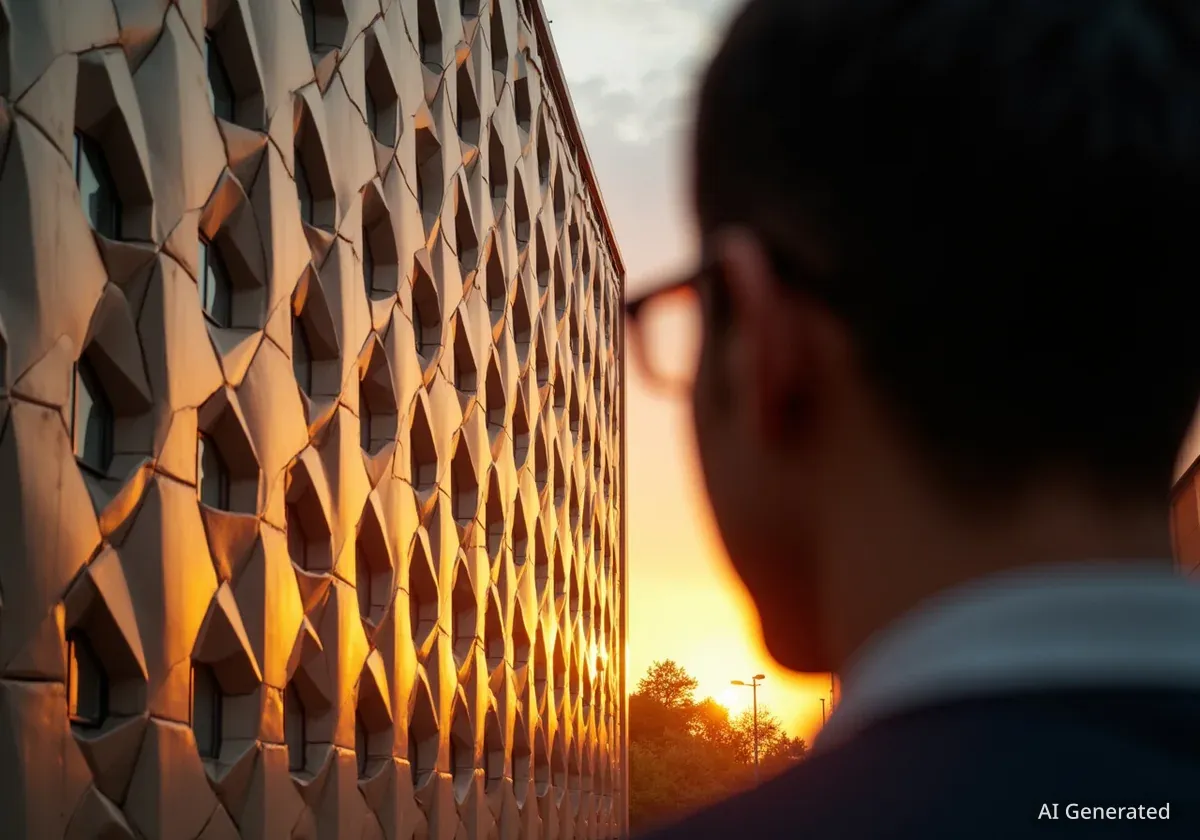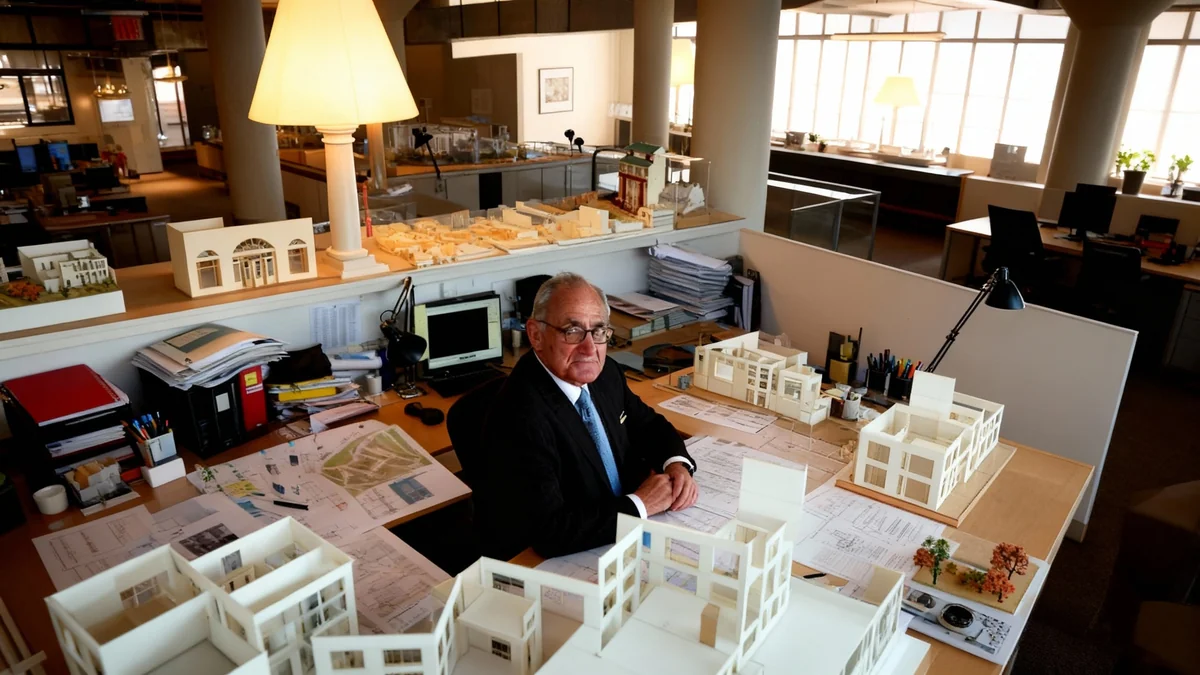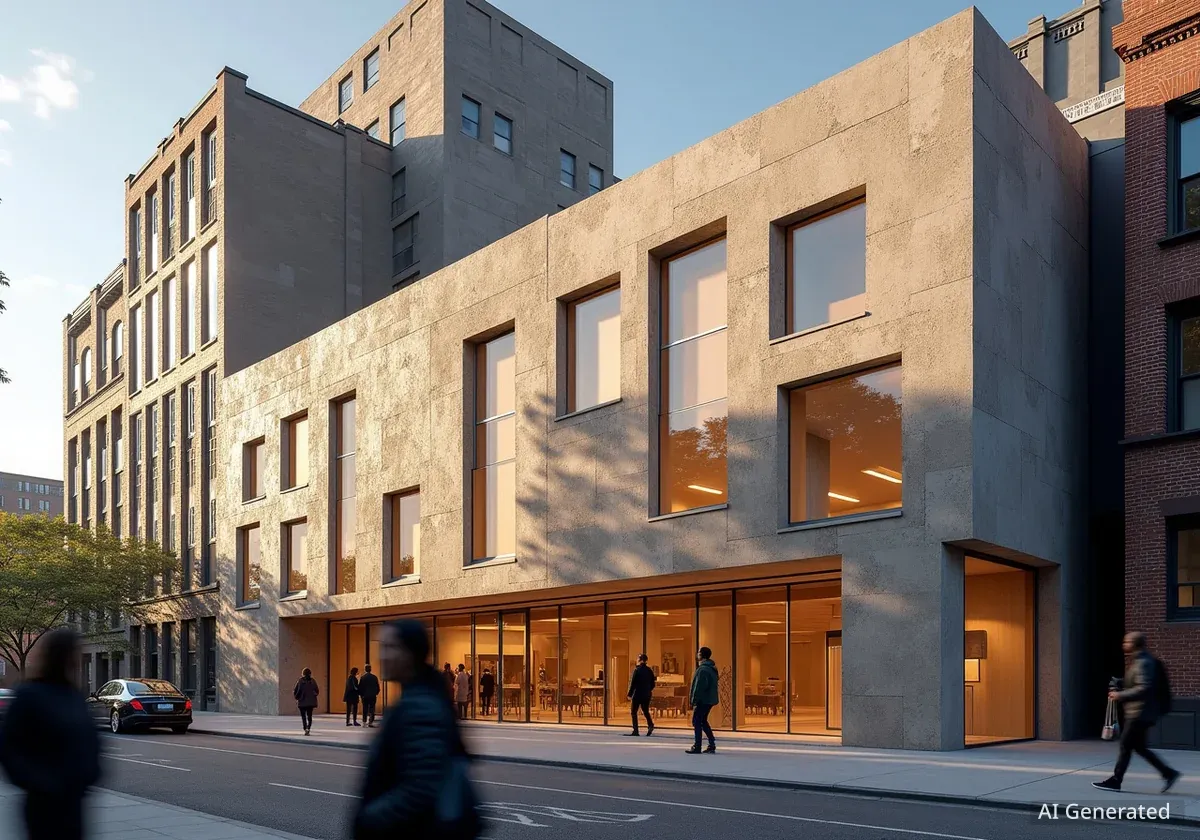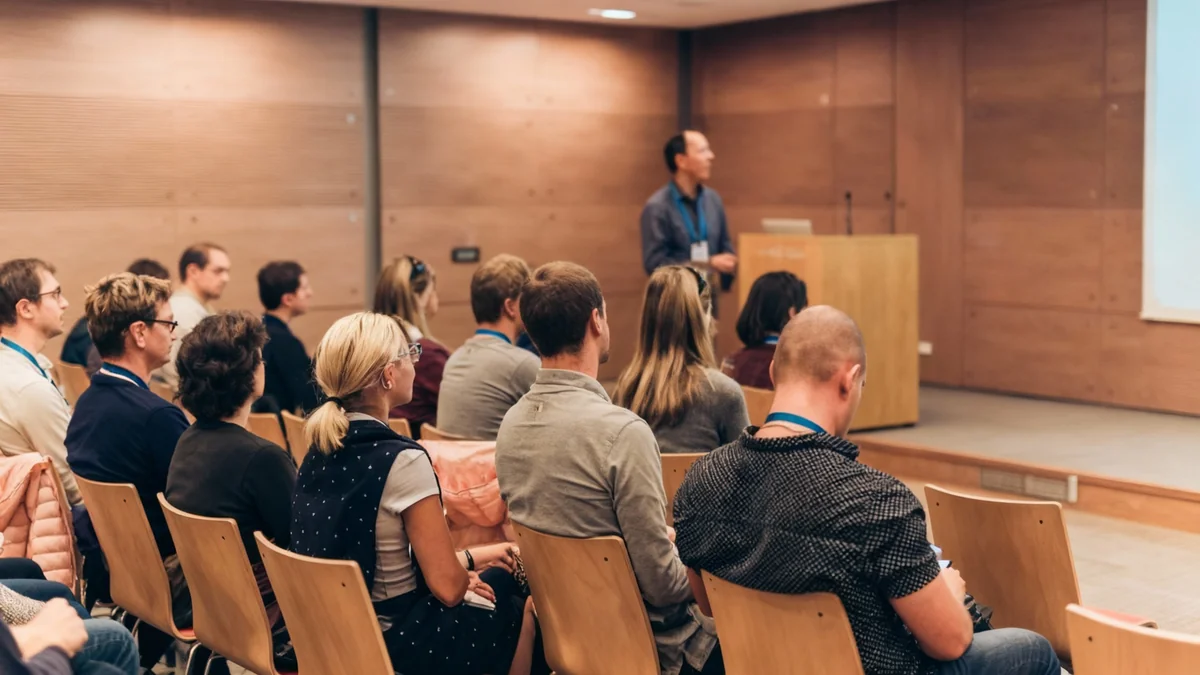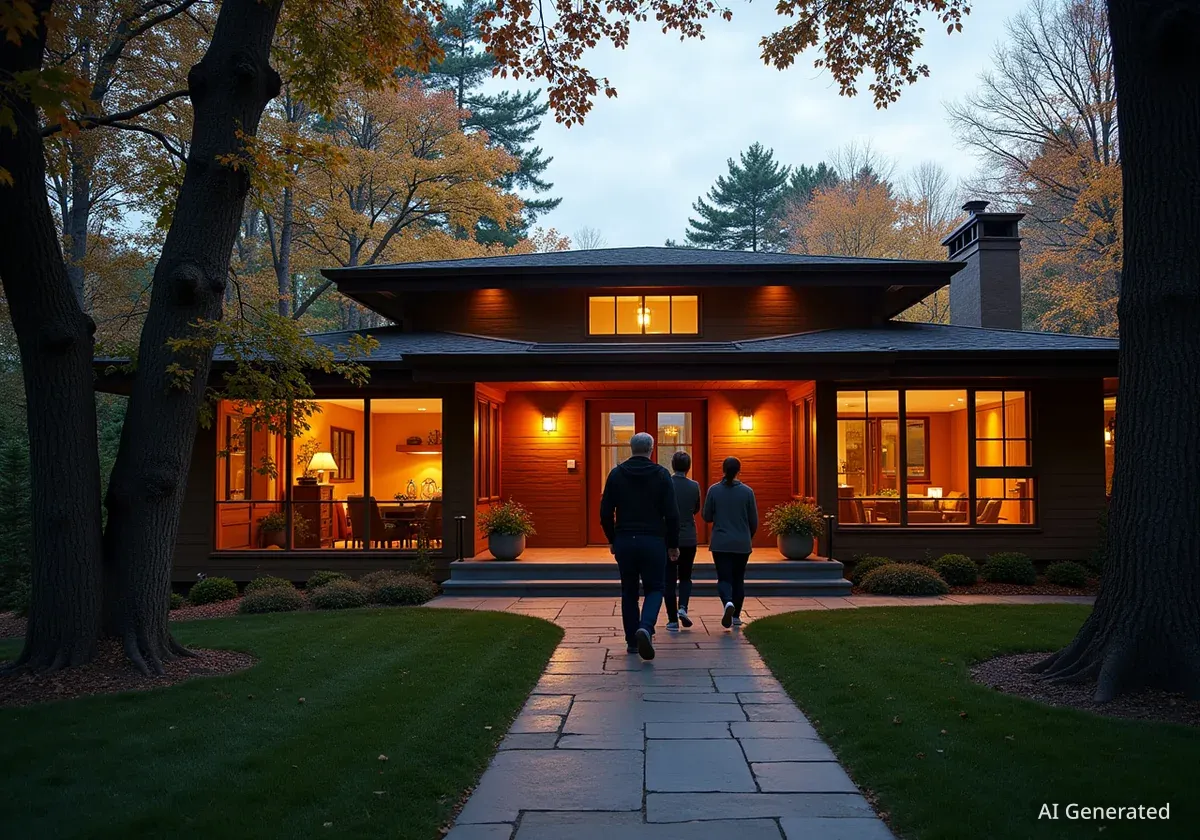September brought a global shift towards architectural and cultural events, highlighting themes of resilience, urban transformation, and the preservation of heritage. Major news from various continents showcased international exhibitions, new urban developments, and restoration projects. These initiatives collectively foster discussions on how design can promote adaptation, memory, and coexistence in a rapidly changing world.
Key Takeaways
- International biennials in Istanbul and Seoul address urban challenges and human connection.
- New developments in Milan, Dubai, and Spain focus on sustainable urban regeneration and integrated design.
- Heritage projects in Barbados, Beirut, and Copenhagen prioritize cultural preservation and ecological restoration.
- Expo 2030 Riyadh will feature an intuitive wayfinding system integrating with its nature-inspired design.
International Exhibitions Address Global Challenges
Cultural events across the globe are increasingly focusing on how architecture and urbanism can respond to contemporary issues. These events serve as platforms for designers, artists, and city planners to share innovative ideas.
The 18th Istanbul Biennial, titled "The Three-Legged Cat," has launched its initial phase. This exhibition explores concepts of self-preservation and future possibilities through various installations and performances. Its central themes include resilience and coexistence within complex environments.
Biennial Focus
The Istanbul Biennial, established in 1987, is one of the most prestigious art exhibitions in the world, attracting hundreds of thousands of visitors. It aims to foster dialogue between artists and the public through contemporary art.
In Seoul, the 5th Seoul Biennale of Architecture and Urbanism is underway. Directed by Thomas Heatherwick, this biennial gathers a diverse group of professionals. They are examining how cities can create emotional connections and promote human-centered design principles.
Meanwhile, Europe is preparing for a major sporting event. The 2026 Olympic Village in Milan, designed by Skidmore, Owings & Merrill, is now complete. This project is a key milestone for the Milano Cortina 2026 Winter Olympics. It aims to establish a new model for urban regeneration, transitioning into mixed-use housing after the Games. This approach emphasizes the long-term legacy of major sports infrastructure.
Preserving Cultural and Natural Environments
Efforts to protect and reinterpret both cultural and natural heritage are progressing globally. These initiatives ensure that historical significance and ecological value are maintained for future generations.
Adjaye Associates has revealed the first stage of the Barbados National Performing Arts Centre. This center is designed to celebrate Caribbean culture. Its contemporary architecture is deeply rooted in local identity, showcasing a blend of modern design with regional influences.
"Architecture has a profound role in reflecting and shaping cultural identity," said a spokesperson for Adjaye Associates. "Our aim in Barbados is to create a space that truly resonates with the spirit of the Caribbean."
Following the devastating 2020 port explosion, UNESCO has initiated new restoration projects in Beirut. These projects continue the recovery of historic buildings damaged by the blast. UNESCO's commitment reinforces its dedication to safeguarding Beirut's rich architectural heritage. The preservation of these structures is vital for the city's identity.
Beirut's Heritage
Beirut's historic districts feature a unique blend of Ottoman, French Mandate, and traditional Lebanese architecture. The 2020 explosion caused widespread damage to over 600 historic buildings, making restoration efforts critical.
In Copenhagen, Team SLA is spearheading the development of a new 30-hectare coastal nature park. This park integrates ecological restoration with public access, demonstrating how urban green spaces can become living forms of heritage. It links biodiversity, recreation, and long-term climate resilience, offering a sustainable model for urban planning.
Future-Forward Urban and Design Projects
Several significant projects are shaping the future of urban development and design, incorporating innovative strategies for functionality and sustainability.
Spaceagency, an international design consultancy, will lead the wayfinding and signage strategy for Expo 2030 Riyadh. They are part of the LAVA-led master planning team. The goal is to create an intuitive and inclusive navigation experience that blends seamlessly with the site's nature-inspired design. The system will use organic geometries and color-coding, emerging from the landscape to enhance the visitor journey and contribute to the Expo's lasting legacy.
Expo 2030 Riyadh
Expo 2030 Riyadh is projected to attract millions of visitors and will focus on themes of innovation and sustainability. The wayfinding system is crucial for managing large crowds and enhancing overall visitor experience.
Foster + Partners has designed Solaya, a new beachfront residential development in Dubai. This project features nine buildings organized into two clusters, connected by a central park. The buildings are carefully oriented to maximize views of the coastline and city skyline while ensuring privacy through strategic landscaping and positioning. Residences emphasize indoor-outdoor living, with private courtyards and terraces. A layered landscape and a material palette of natural stone and bespoke metalwork help the development integrate with its coastal environment.
Dubai's Coastal Developments
Dubai is known for its ambitious coastal developments. Projects like Solaya aim to combine luxury living with sensitive environmental integration, catering to a global demand for high-quality residential spaces.
Populous has designed the Dépor Training Center, a new sports complex for Real Club Deportivo de La Coruña in Spain. This facility aims to consolidate all men's, women's, and youth academy teams into one integrated campus. The development includes eight full-size pitches and dedicated buildings for each team, featuring advanced wellness and recovery facilities. Environmental strategies, such as photovoltaic energy and water recycling, are incorporated to create a fully electric, resource-efficient campus. This supports long-term sporting and community development.
Connecting Design with Community and Environment
The projects highlighted demonstrate a clear trend: architecture and urban planning are increasingly focused on holistic solutions. These solutions consider not only aesthetic and functional aspects but also environmental impact and community well-being.
From the cultural reflections at biennials to the practical sustainability in new developments, the global design community is responding to complex challenges. They are creating spaces that are both innovative and responsible. The emphasis on human-centered design, cultural preservation, and ecological integration shows a move towards more thoughtful and impactful architectural practices worldwide.
These initiatives underscore the power of design to foster adaptation, celebrate memory, and promote coexistence in a rapidly evolving world. They represent a collective effort to build a more resilient and connected future for urban and natural environments alike.
